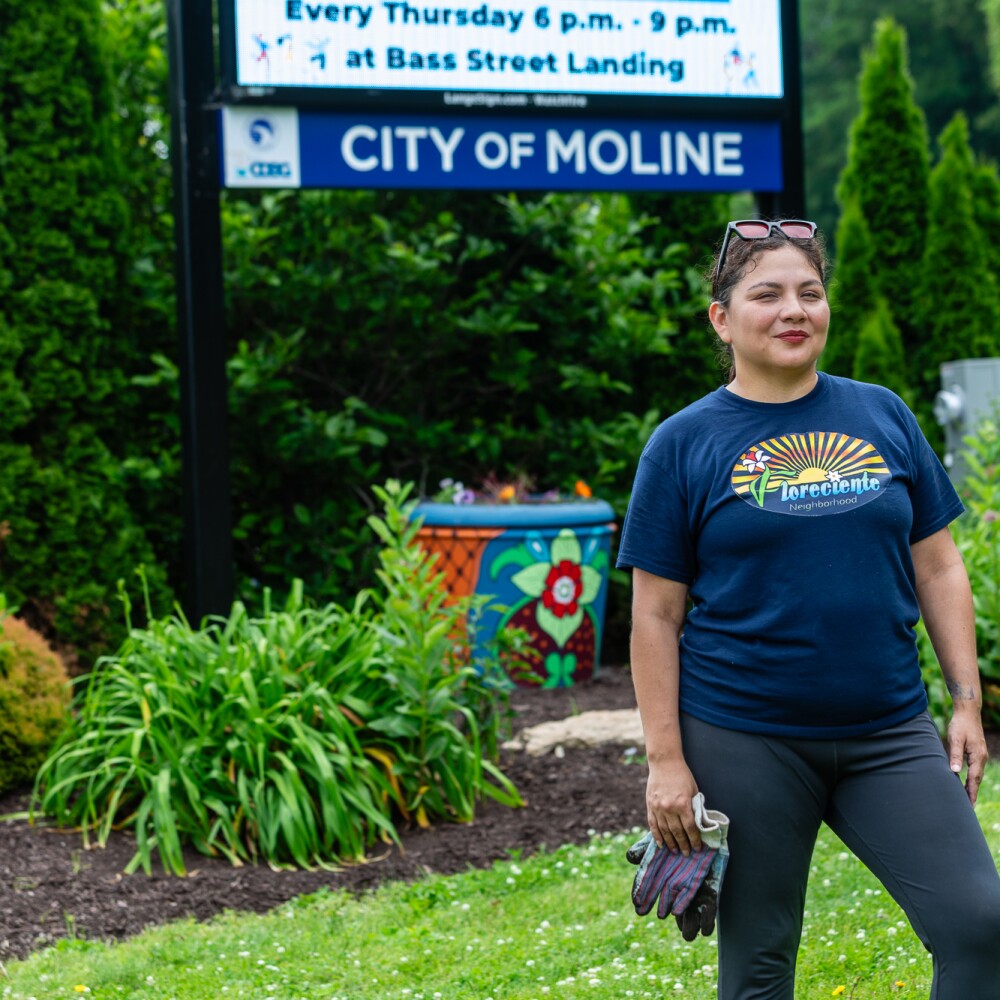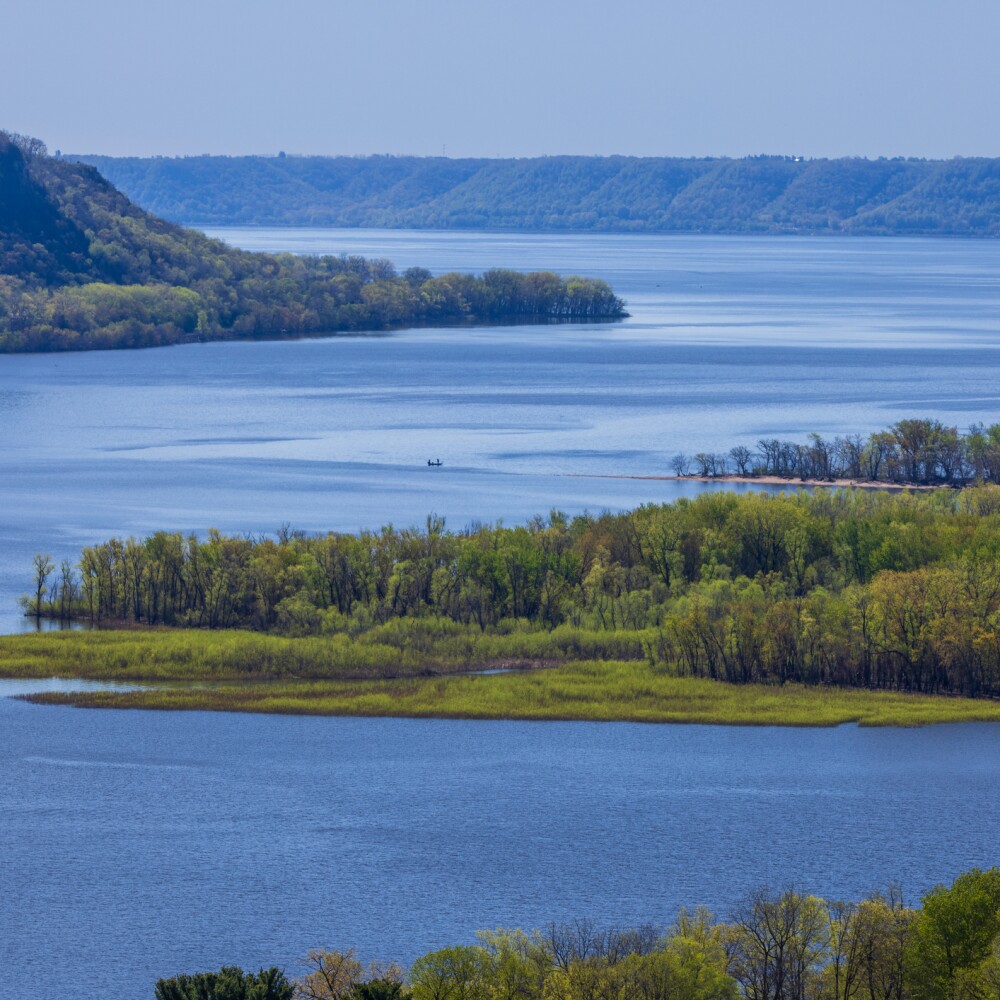In collaboration with The Nature Conservancy and The Conservation Technology Information Center (CTIC), Applied GeoSolutions and Dagan, Inc mapped agricultural conservation practices and the associated environmental outcomes across the Corn Belt from 2005 to 2018. This project implements two technologies. The Operational Tillage Information System (OpTIS), a remote sensing tool that uses earth-observing satellite data to document the adoption of soil health practices. And, the Denitrification-Decomposition (DNDC) model, a process-based model of carbon and nitrogen biogeochemistry in soil, to estimate the outcomes associated with changes in management (Gilhespy et al. 2014).
As part of this mapping effort, the OpTIS team organized the collection of field observations of practices across the Corn Belt for use in validating the satellite-based estimates. Crop consultants in 30 regions across the Corn Belt were hired and asked to use OpTIS Mobile, a mobile app developed by Applied Geosolutions with funding from The Nature Conservancy. The mobile app guided the data collectors through the roadside survey process and uploaded the survey results and photographs directly into a database deployed and maintained by Applied GeoSolutions.
The project was funded by The Nature Conservancy, the Foundation for Food and Agriculture Research, the Walton Family Foundation, Syngenta, The Mosaic Company, Bayer Crop Science, the J.R. Simplot Company, Corteva Agriscience, Enterprise Rent-A-Car, the Walmart Foundation, and the US Department of Agriculture. This report is written by Stephen Hagen, Peter Ingraham, and Grace Delgado at Dagan, Inc. (an independent affiliate of Applied Geosolutions).


